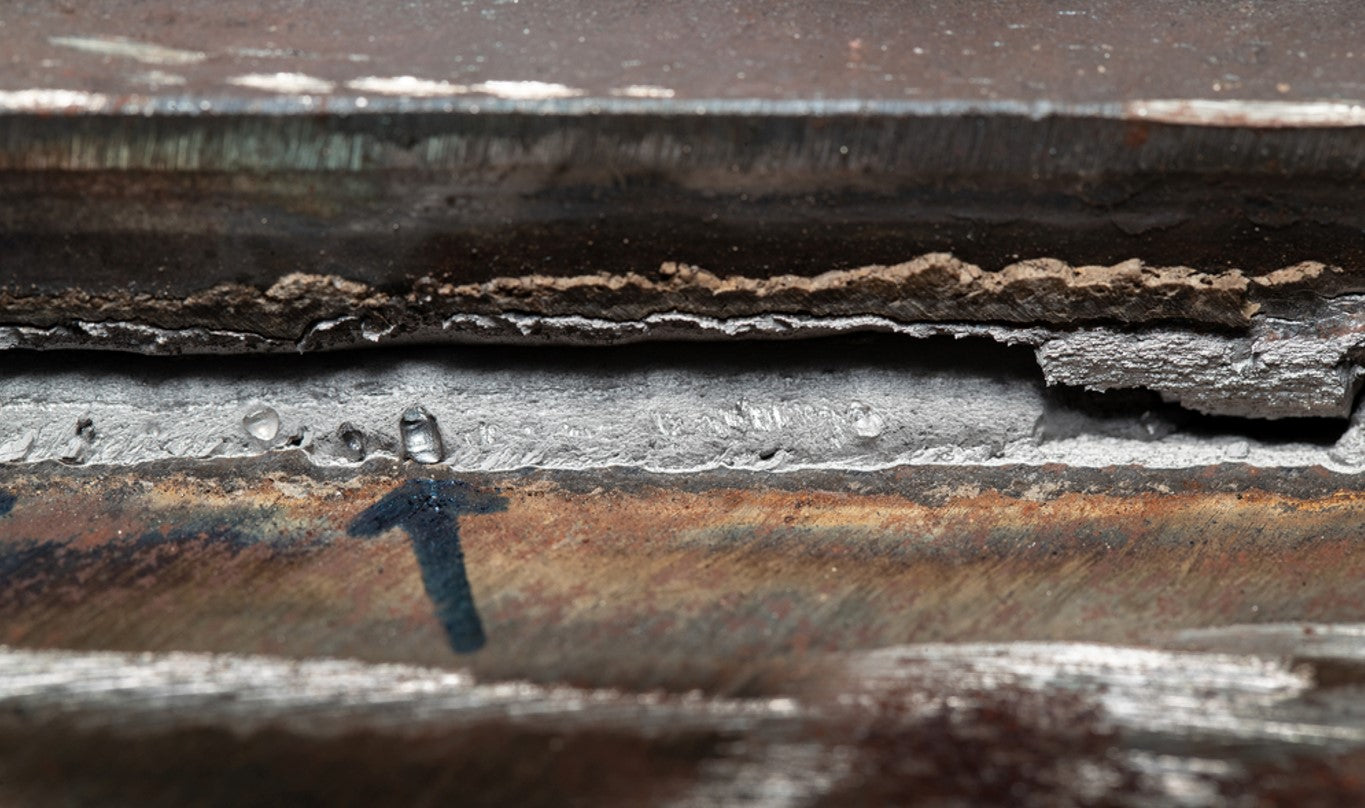Preventing Weld Undercut: Proven Methods Every Welder Should Know
Preventing Weld Undercut: Proven Methods Every Welder Should Know
Blog Article
Understanding the Causes and Solutions for Undercut Welding in Metal Fabrication Processes
In the realm of metal fabrication processes, the occurrence of undercut welding poses a significant obstacle that requires a thorough understanding of its reasons and viable remedies. The detailed interaction of numerous aspects throughout welding procedures can bring about this unwanted sensation, affecting the structural stability and overall quality of the bonded joints - Preventing weld undercut. By studying the source of undercut welding and discovering reliable restorative steps, fabricators can elevate the criterion of their handiwork and make sure the production of perfect metal parts
Typical Reasons For Undercut Welding
Frequently forgotten in steel construction, undercut welding occurs as a result of different aspects that demand thorough focus and expertise to be properly alleviated. One common reason of undercut welding is excessive warmth input. When the warm input is as well high, it can result in the melting and succeeding erosion of the base product along the edges of the weld joint, creating a groove or undercut. Furthermore, improper welding strategies, such as using the incorrect welding angle or take a trip speed, can likewise contribute to damage development. Insufficient securing gas protection is an additional essential variable that can cause undercutting. Not enough gas coverage stops working to protect the weld pool properly, causing oxidation and undercut defects. Additionally, the choice of welding criteria, such as voltage, current, and cable feed rate, plays a considerable duty in the event of undercut welding. Comprehending these usual causes is important for applying safety nets and making certain premium welds in metal construction procedures.
Influence of Incorrect Welding Parameters
Unreliable welding criteria can considerably jeopardize the honesty and quality of welded joints in steel construction procedures. The influence of incorrect welding parameters materializes in numerous means, leading to structural weaknesses and problems in the bonded parts. Meticulous attention to welding specifications is vital to make certain the production of top quality welds with the preferred mechanical residential properties and architectural honesty.
Effect of Improper Lantern Angle
Incorrect torch angle in welding operations can significantly impact the top quality and honesty of the last weld joints in metal fabrication procedures. Damaging is a typical welding problem where a groove forms along the weld toe, weakening the joint and endangering its architectural integrity.
A torch angle that is too high can bring about inadequate penetration, insufficient combination, and enhanced spatter. On the other hand, a lantern angle that is as well shallow can cause excessive infiltration, burn-through, and distortion of the base material. Preventing weld undercut. Appropriate lantern angle is necessary for making certain constant weld quality, stamina, and look
To protect against damaging and other defects created by incorrect lantern angles, welders need to be trained to keep the right torch angle throughout the welding procedure. Normal surveillance and modification of lantern angles throughout welding can assist this post attain audio welds with minimal problems.
Role of Inadequate Welding Strategies

One more element of insufficient welding methods is incorrect weld preparation. Inadequate cleaning of the base steels, inaccurate joint style, or insufficient edge preparation can all add to damage welding. Poor shielding gas protection or using the wrong kind of gas can result in insufficient fusion and the formation of undercut issues.
To attend to the function of inadequate welding techniques in steel construction processes, it is vital to provide thorough training for welders. Appropriate education on welding parameters, joint prep work, and shielding gas option can assist protect against undercut welding and make certain high-grade welds in steel construction projects.
Reliable Solutions for Undercut Welding
Dealing with undercut welding in metal fabrication needs executing reliable services to improve weld quality and architectural integrity. Among the key options to combat undercut is to change welding criteria such as voltage, current, and travel speed to guarantee appropriate warmth input and blend. By fine-tuning these settings, welders can prevent extreme melting of the base metal and filler material, minimizing the chance of undercut development.
Additionally, proper joint preparation is essential in protecting against undercut. Ensuring clean base click to read steel surfaces complimentary of impurities and using the proper bevel angle can aid promote better weld penetration and minimize the threat of undercut - Preventing weld undercut. Employing ideal welding techniques, such as oscillating the lantern or weaving, can additionally assist in distributing heat uniformly and loading the weld joint properly, lessening the opportunity of undercut issues
Furthermore, choosing the right welding consumables, including electrodes and filler metals, is necessary in minimizing undercut. Making use of materials with appropriate chemical compositions and mechanical homes can add to attaining audio welds with marginal undercut. Normal examination and quality assurance procedures must also be implemented to discover and address undercut problems without delay, making sure the general stability of fabricated steel parts.

Final Thought
In conclusion, recognizing the causes and solutions for undercut welding in metal fabrication procedures is crucial for achieving top notch welds. By dealing with common causes such as inaccurate welding specifications, inappropriate lantern angle, and inadequate welding methods, welders can stop damaging and make sure solid, sturdy welds. It is necessary to take note of these elements and apply effective solutions to enhance the overall welding process and end product quality.

Report this page